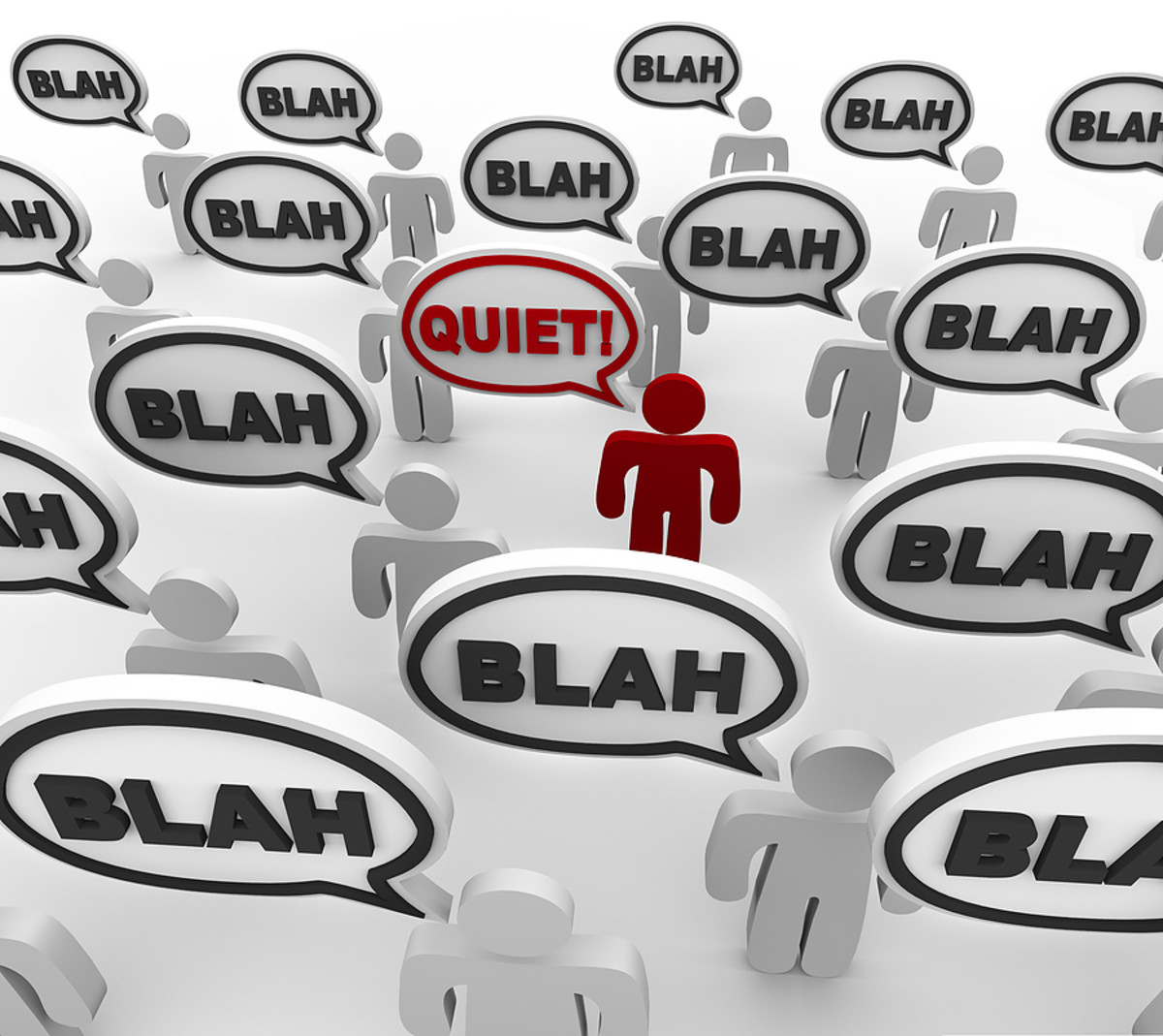Participate in a Workplace Communication, Part 6
INFORMATION SHEET No. 4
CAUSES AND EFFECTS OF INEFFECTIVE COMMUNICATION
Communication needs to be clear and effective in order to achieve its aim. When it is not, all kinds of problem can result.
There are many obstacles along the way that result to ineffective communication. These are the following:
Barriers to good communication
Barriers to good communication can make things difficult and cause misunderstanding.Good communication is affected when the sender and the receiver do not understand the message in the same way.
Good communication can be affected by:
- Non-verbal communication which sends the opposite messge to what is being said. Remember that what we see is different to what we hear, the non-verbal communication always delivers the strongest message. For example; if you tell your supervisor that you are happy to work late and then spend the whole time looking at you watch, he or she believes the non-verbal message which is saying that you are not happy at all.
- Poor listening. Use of slang and jargon. People who work in a particular area often talk to each other in technical jargon or slang they have developed for their own use. This is fine for all who speakl the language, but it makes it very hard to newcomers.
- Ambiguity. This refers to the fact that some message have more than one meaning. Unless the message means the same thing to both the sender and receiver, confusion can arise. It is important to be specific and exact if you are the sender and to use feedback and questions to check the message if you are the receiver.
- People who think that they know everything and don’t listen. They niether give nor ask for feedback and then complain that others send confusing message.
- Making assumption about what people do or don’t know. It is important to clear about what information people already have. To do this, we should put ourselves in place of the receiver and ask ourselves what they need to know in order to understand our message. We then need to be clear about how we send our message and what to include in it.
- Poor expression.These means speech or writing that is not clear, thoughts and feeling which are presented in illogical order or incorrect spelling punctuation and grammar.
- If people working together are not able to communicate well. It can lead to confusion, unhappiness, frustration and annoyance. It can also mean that the organization’s goal will not be met.
Poor communication may lead to:
- Time being lost because work needs to be redone
- Accidents
- Poor quality service and/or product
- Wastage
- Frustration
- Mistake being made because instructions are not clear
- Teams not working well.
ACTIVITY SHEET No. 4
CAUSES AND EFFECTS OF INEFFECTIVE COMMUNICATION
Objectives:
At the end of the activity the leaner should be able to:
- explain the consequences/results of ineffective communication.
Materials:
Information sheet
Activity sheet No. 4
Procedure/Task
- Read Information Sheet No. 4: Ineffective Communication
- Follow the instruction indicated.
Activity 4:
Group yourselves into five and present a workplace situation where ineffective communication may take place – Do not forget to refer to the information sheet about barriers of communication.
SELF- CHECK No. 4
Check your mastery of observing poor communication in the workplace by completing the questions/tasks below:
A. Consider a situation in which you experience poor communication, that is, where the thoughts and feelings sent by one person were not received in the way they were meant. For example, you arranged to meet your friend at Robinson’s to watch a movie. You were waiting at the Jolibee where you normally meet and they were waiting at the theather. This shows that communication had broken down.
What happened? How did you feel?
________________________________________________________________________________________________________________________________________________________________________________________________________________________________
B. List some of the things that can cause poor communication.
1._______________________________________________________2._______________________________________________________3._______________________________________________________
- PARTICIPATE IN A WORKPLACE COMMUNICATION, PART 7
INFORMATION SHEET No. 5 EXPRESSING IDEAS AND THOUGHTS CORRECTLY Look at the picture closely and read the dialogue. Mang Victor: Alfreds father, needs help, doesnt he? Yes, he... - Participate in a Workplace Communication, Part 5
INFORMATION SHEET No. 3 EFFECTIVE COMMUNICATION Any workplace where people are able to communicate clearly tend to be a more efficient working environment. Effective communication leads to: Clear...






